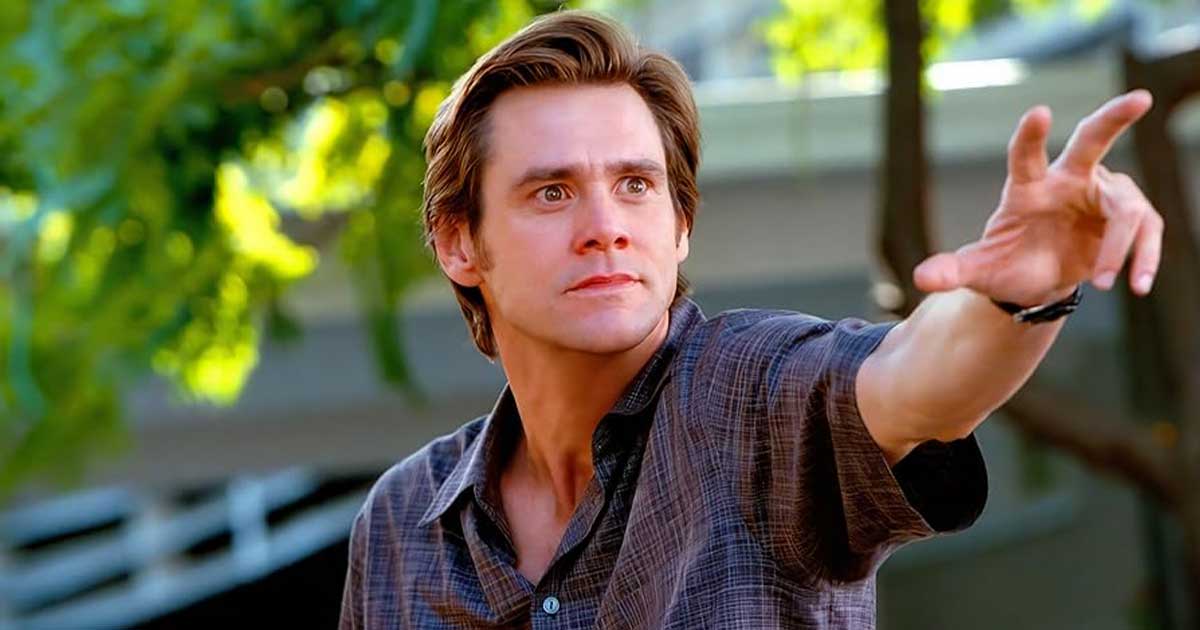January 2018 was supposed to be just another day for Jim Carrey in Hawaii. But when his assistant FaceTimed him with an urgent message—”There are missiles coming, and they’re going to land in 10 minutes”—the actor had no idea his life would soon blend with the absurd.
With panic spreading across the island and people scrambling for safety, Carrey was suddenly forced to confront mortality. Yet, his reaction was strangely calm. “It was more a wave of calm coming over me,” he said. “A sense of ‘Oh, that’s strange. Huh, what a funny way for this all to end.’” His FaceTime call, where he sat in the face of imminent doom, became the iconic cover of his semi-autobiographical book Memoirs and Misinformation.
At that moment, Jim Carrey didn’t dive into survival mode, make frantic calls to family, or run for cover. Instead, the actor took a deep breath and reflected on life, thinking of all the things he was grateful for. “I’ve had a wonderful life,” he decided. “I started this list of gratitudes that could have gone on forever.”
Trending
But as fate would have it, Carrey’s 10-minute countdown ended abruptly. The phone call from his co-author, Dana Vachon, came through just in time, breaking the news that the situation was a false alarm. The missile was revealed to be a government blunder. However, Carrey’s emotional response lingered.
“It’s a part of me. It’s a part of this book,” Carrey reflected. “When all is lost, then all is found.” For Carrey, this near-death experience was more than just a dramatic moment—it was a pivotal piece of his creative journey. It mirrored the very themes explored in Memoirs and Misinformation, a novel that blurs the lines between fact and fiction.
What Is The Key Message Of Jim Carrey’s Book Memoirs and Misinformation?
Jim Carrey’s real life is intertwined with outlandish scenarios, like battling aliens with Nicolas Cage and channeling Chinese communist revolutionary Mao Zedong with Sir Anthony Hopkins. But the book’s core message is clear: our sense of reality is a collection of fiction we’ve come to accept.
Carrey summed it up in his own words, saying, “‘Real’ is an illusion.” Whether it’s the characters we play or the identities we form, Carrey argues that we are all just a collection of ideas—abstract constructions shaped by others and ourselves. “There is no difference [between the actor and the ‘real’ Carrey],” he insisted. “They’re both ideas. I truly believe that.”
This blending of reality and fiction became the backbone of Carrey’s personal philosophy. He began playing with the idea that everything around him—his body, his surroundings, even the air we breathed—was interconnected. It was a meditative realization that mirrored spiritual teachings, where the boundaries between self and the universe dissolve.
But even as Carrey challenged the nature of identity, he couldn’t help but reflect on the people who influenced him along the way. His mentor, Rodney Dangerfield, was a constant source of support, laughing at Caing in risk-taking and comedy and offering advice with an air of tough love. “He was just lovely to me,” the Sonic The Hedgehog Star fondly remembered.
The theme of Memoirs and Misinformation also explores the chaos of Hollywood. Carrey and Vachon constructed a world that’s equally absurd as it is profound. Vachon pointed out that the book’s blurred boundary between truth and fiction illuminates the reality of Carrey’s past—shaped by his Canadian roots and his time in the chaotic world of fame.
What Did Dana Vachon Say About Jim Carrey’s Book?
So why opt for semi-fiction instead of a straightforward memoir? Vachon put it simply: “Most celebrity memoirs are messing with the truth anyway,” whether through omission or distortion. Carrey agreed, adding that the goal of the book was to explore a deeper truth—the “infinite nothingness and everythingness” that transcends the individual self.
In the end, the absurdity of life—especially in the glare of Hollywood fame—is part of the journey. “Where can I go?” Carrey quoted Indian sage Ramana Maharshi. “There’s nowhere to go.”
For Jim Carrey, the only place to go was inward. “I feel lucky to have gotten the part,” he said, reflecting on the role of Carrey as a character and his own place in the grand narrative of existence.
For more such stories, check out Hollywood News
Must Read: When Emma Watson Turned Down Cinderella & Found Her Perfect Role As Belle!
Follow Us: Facebook | Instagram | Twitter | Youtube | Google News
The post When Jim Carrey Started “List Of Gratitudes” After Being Told He Had 10 Minutes To Live appeared first on Koimoi.


